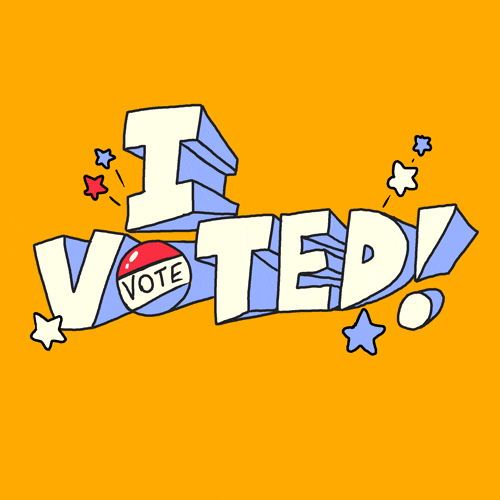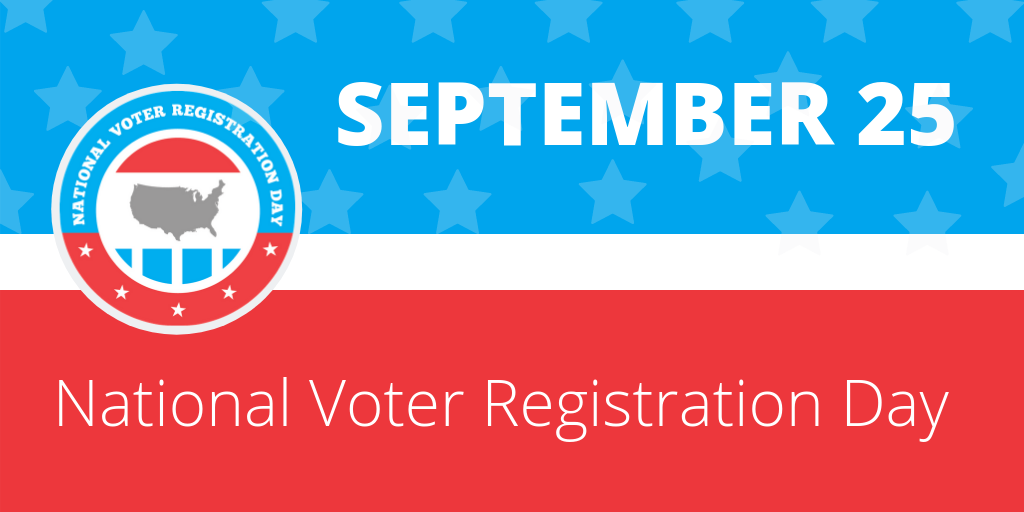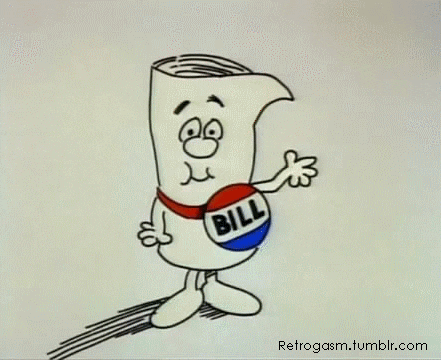UCLA’s Higher Education Institute’s most recent data suggests that 1 in 10 incoming freshmen expect to participate in protests when they arrive on campus.
We’re in the midst of what some are calling the “golden age of student activism” on campuses.
That said, the spirit of activism is more expansive than simply participating in protests. Students want to make an impact on their community, with 39.8% of them wanting to be community leaders, and 22.3% hoping to influence the political structure. Further, the the number of students saying they have a “very good chance” of voting in the upcoming elections is up 9.5% since 2014, with 59.8% of incoming freshmen seeking to vote.

The community organizer in me sees this data and is simultaneously overcome with both joy and anxiety. Joy because students are wanting to get involved, and anxiety because this means student affairs professionals have even more work to do in order to ensure our students are registered to vote. The foundation of being politically active begins with that underwhelming flimsy voter registration card.
Students are often quite transient, and not always familiar with the registration and voting laws in their new home. The good news is that there’s an actual day each year dedicated to registering voters — National Voter Registration Day (NVRD).

Established in 2012 by the National Association of Secretaries of State, the fourth Tuesday of every September is the official day to host events, though voters can (and should) be registered at any time throughout the year.
Plan YourRegistration Drive
Where can we host this drive on campus?
Pro-tip: If your main registration hubs are outside, have a few indoor areas reserved in case of bad weather.
What do we need to do in order to have a table on campus where we can register voters?
Beyond ensuring that the space is reserved and your event is approved, don’t forget the practical things like printed voter registration forms, clipboards & pens, table, chairs, table cloth, and maybe some sweets.
When are the best times of the day to have a table posted or have folks out canvassing on campus?
If you’re using an engagement platform to track event attendance, use the data from this to see which times and locations are the most popular.
Who can volunteer to help us register voters?
Are there any civic student organizations that would be willing to volunteer? You can incentivize the opportunity by having it contribute to a civic-engagement competency and appear on their co-curricular transcript.
It’s not just students you might need to register.
Since campuses are homes to such a diverse variety of folks, you never know who you’ll catch with a voter registration drive — new faculty and staff members who have just moved to the area, folks who have just changed their names, and those students who just moved all might already be registered, but may need to update their information. Voter registration is an equal opportunity need, and you never know just how many people you can help out!
What other organizations can we partner with to get resources and info out to students?
Aligning yourself with other organizations to help provide election resources and reminders can also help expand your impact. For example, if your campus works with TurboVote or Rock the Vote, you can highlight those resources across campus sites and social media accounts leading up to NVRD and Election Day to ensure students have access to all of the information they need.
RegistrationRequirements
When is our state’s registration deadline?
You can find information about your local state’s voting information on the non-profit vote website or by check-in in with your Supervisor of Elections
What ID will the students need?
It all sounds easy enough: “Just get registered!” The sad reality is that those wallet-sized pieces of paper are increasingly difficult to get as sweeping voter disenfranchisement laws disproportionately target young people, in addition to lower income folks, trans people, and people of color. Check with your local Supervisor of Elections to see what types of ID might be required to vote, because it’s different in every state. Vote.Org has a state-by-state guide to help you clear through the smog.
Get familiar with common questions and misconceptions
Some students are hesitant to register out of fear of losing a scholarship or that they may need to change their driver’s license. Take a look at some common myths about voting and familiarize yourself with your state’s requirements. This is a great opportunity to exercise your poster-making skills!
How can they request mail-in ballots?
Double check what the deadlines are for requesting mail-in ballots, as they are often a few weeks before the regular registration deadline.
What assistance is out there for helping students vote?
As Election Day approaches, you can also reach out to local non-profits to partner in providing rides or creating ride-sharing opportunities for students who don’t have access to a vehicle. Companies like Lyft have also started offering discounted or free rides to those who need help getting to polling stations.
Where are our local polling locations?
Many campuses actually serve as a polling location, which makes it easy for students come election day. If yours doesn’t, it’s helpful to have cards or stickers with their polling locations listed on them during your outreach efforts on NVRD and leading up to Election Day. You can even apply to become a local polling place!
Foster CivicEngagement
As student activism and community engagement continue to grow, voter registration can serve as the foundation for long-term programming about community officials and issues. Some programs you could start off with are:
1. On-campus forums with local city council candidates
Have the SGA host a forum to question local city council or mayoral candidates about issues that impact students, such as affordable housing and access to public transportation. This is an opportunity to start building those long-term relationships with local officials while helping students understand the impact that local government can have.
2. Joint SGA & City Council Meetings
Once the city councillors have been elected, invite them back to campus for a bi-monthly or semesterly joint SGA and City Council meeting. This is an opportunity to select one or two major issues that the city and students can collaborate on.
3. Student Day at the Capitol
The state legislators make decisions that will impact everything from a student’s health care to their tuition rates (unless it’s a private school). Because of this, connecting students to their legislators and the decision-making processes through a structured day can help them understand the impact their vote has after election day.

As a government nerd since the days of Schoolhouse Rock, I love love love hearing about your civic and government engagement programming. What do you plan to do for NVRD?
If you’re hosting a voter registration drive, send us some pictures@themoderncampus tagged with #NVRD and let us know how many new registrations you submitted!
PS: Despite no longer working on a college campus, I still love helping schools register voters! As the Voter Services co-chair of the St. Pete League of Women Voters, I sign up to work at campus Civic Engagement Fairs & Welcome Week events to register and educate student voters! One of the perks of working at Presence is the opportunity to take days off to volunteer — so I’ll be on the USF St Pete & St. Pete College campuses with volunteers on NVRD day as well. I’ll make sure to let you all know how many registrations we can stack up!





